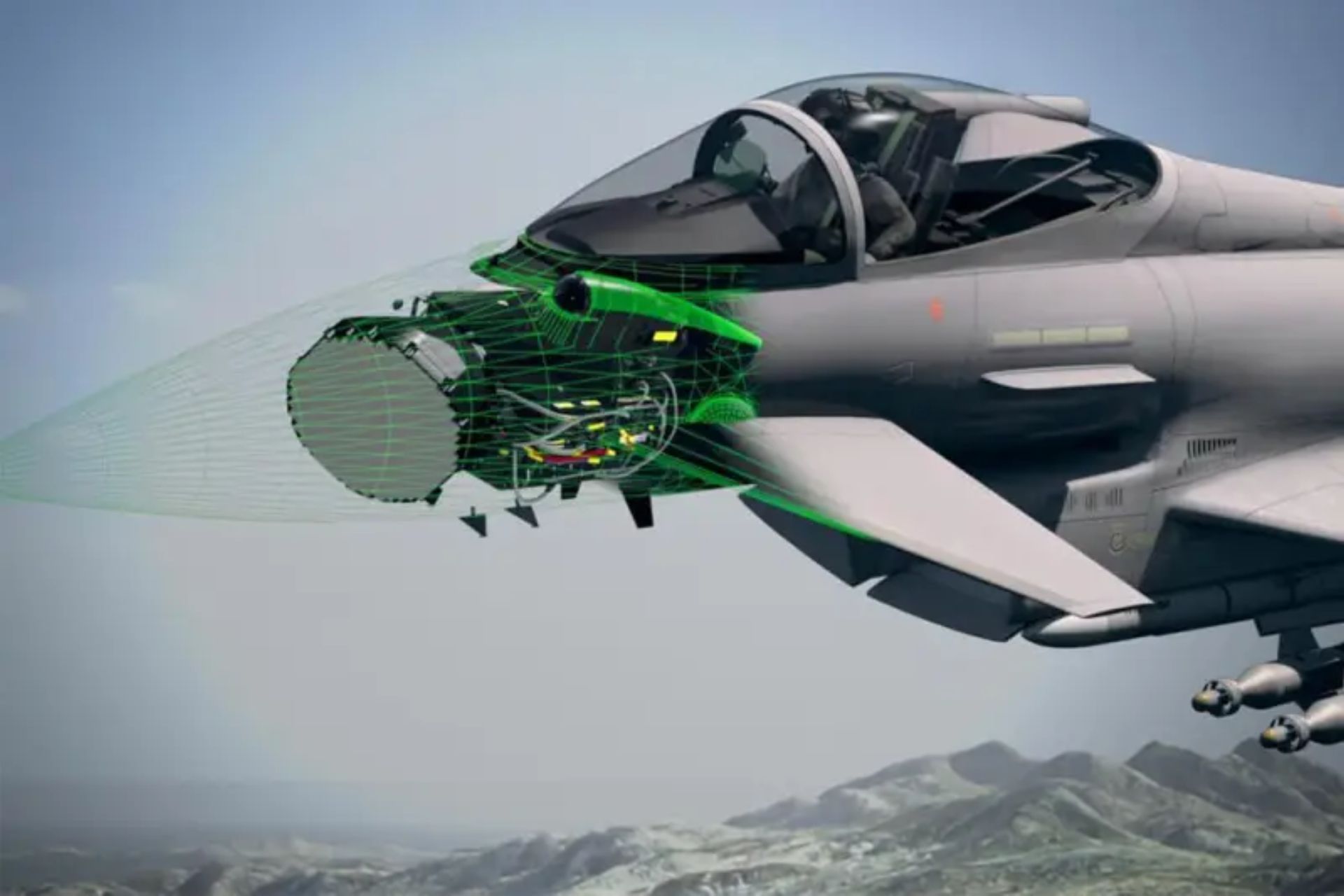Breaking News
Su-30 Becoming AWACS: India Wants to Equip Fighter Jets with Variable-Antenna-Position Radar.
The Indian organization DRDO has confirmed the existence of the Virupaksha program. This ambitious project aims to upgrade Su-30MKI fighters by installing modern radars equipped with AFAR technology. As explained in the DRDO manual, the new radar is expected to have advanced capabilities, simultaneously performing aerial surveillance, targeting, and weapon control.
Follow Army Recognition on Google News at this link

SU-30 from Indian air force will be modernized with AFAR concept (Picture source: Indian Air force)
One of the most notable features of the project is the developers' intention to use an antenna positioner in the radar's operation. This mechanical device will allow the antenna to change position, directing it both in elevation and azimuth planes, significantly expanding the aircraft's field of view. This will greatly enhance the overall performance and versatility of the radar.
Technically, the concept of AFAR (Antenna à Faisceau à Antenne Réseau), or Active Electronically Scanned Array (AESA) in English, is an advanced radar technology that offers numerous improvements over traditional mechanically scanned radars. The term "variable-position antenna" refers to the capability of these radars to electronically steer their radio wave beams without physically moving the antenna.
An AFAR radar consists of thousands of small transmitter/receiver modules, often called "T/R modules" (Transmission/Reception). Unlike traditional radars that use a single transmitter and receiver to emit a wide beam and scan the space, each T/R module in an AFAR system can independently emit and receive signals. These modules are organized in arrays, allowing for the creation of highly precise beams that can be quickly directed in different directions.
This ability to electronically steer the beam allows the radar to scan the space much faster than a mechanically scanned radar, where the antenna must physically move. As a result, an AFAR radar can track multiple targets simultaneously while scanning the environment, providing better coverage and increased responsiveness.
The Electronics and Radar Development Establishment (LRDE) is currently developing the Uttam Mk2 antenna with a positioner capable of rotating up to ±90° in azimuth and ±20° in elevation. This antenna will be a key element in the Virupaksha upgrade.
The Virupaksha project will replace mechanically steered antennas and high-power transmitters (operating within the framework of the current "hybrid" passive phased array radar) with an electronically steered array.
The Su-30MKI will be equipped with a more flexible, versatile radar system capable of simultaneously tracking multiple targets. It will transform the Su-30MKI into a mini-AWACS due to the new radar's long range, making the fighter a formidable asset for the Indian Air Force.
It is reported that the Virupaksha radar will be installed as part of a more extensive upgrade of the first batch of Su-30s, consisting of 84 aircraft. Previously, only Chinese Su-30s were equipped with AFAR radars.

AFAR system inside a plane nose ( BAE systems)


























